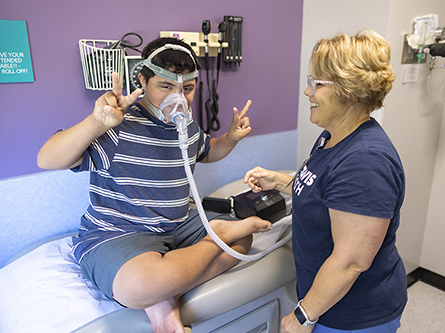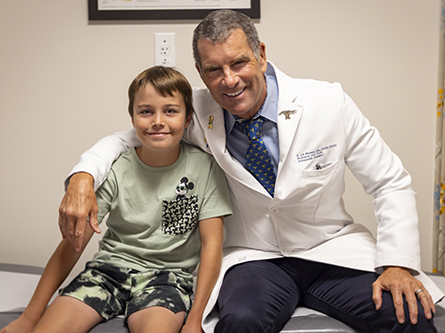Providing hope and support to “the littlest heart patients of all” and their families is what Mended Little Hearts is all about. And who better to create awareness and bring a strong voice for congenital heart defects than nurse, Ka Yang, and her daughter, Annabelle Lee. They know first-hand how important that kind of support can be.
When Yang gave birth to her daughter in November of 2009, the first-time mom was excited to take her healthy newborn home. But by the time of Annabelle’s well-child visit at 2 months old, Yang was worried. Her daughter seemed to be breathing heavily.
“I was a brand-new mom, but mother’s intuition told me Annabelle was not acting normally. Her doctor at the UC Davis clinic agreed to run some tests,” Yang said. “I am so glad she listened to me.”

A chest X-ray and an electrocardiogram (EKG) revealed that the infant was in congestive heart failure. She was whisked from the doctor’s office to UC Davis Children’s Hospital by ambulance.
“She was admitted immediately. My world became a blur,” Yang said. “I was in survival mode and so was my daughter.”
Annabelle underwent open heart surgery at UC Davis Children’s Hospital, home of the Pediatric Heart Center and the Children’s Surgery Center. Her rare defect, referred to as aortopulmonary window, is a hole between the blood vessel that feeds the heart (the aorta) and the blood vessel going to the lungs (pulmonary artery). Because of this hole, blood from the aorta rushes into the pulmonary artery, and too much blood flows through the lungs. Aortopulmonary window accounts for less than 1% of all congenital heart defects.
Annabelle also had pulmonary stenosis, where the pulmonary valve – which allows blood flow from the right ventricle to the lung – narrows and causes the right ventricle to pump harder to get blood past the blockage. These combined defects contributed to secondary pulmonary hypertension, which happens when the pressure in the blood vessels leading from the heart to the lungs is too high.
According to UC Davis Children’s Hospital pediatric cardiothoracic surgeon, Gary Raff, children with aortopulmonary window can have a delayed diagnosis.
“This results in too much blood entering the lungs at high pressure and can result in early pulmonary vascular disease that can make surgical care challenging,” Raff said. “We work closely with our multidisciplinary pediatric pulmonary hypertension service to manage children like Annabelle.”





